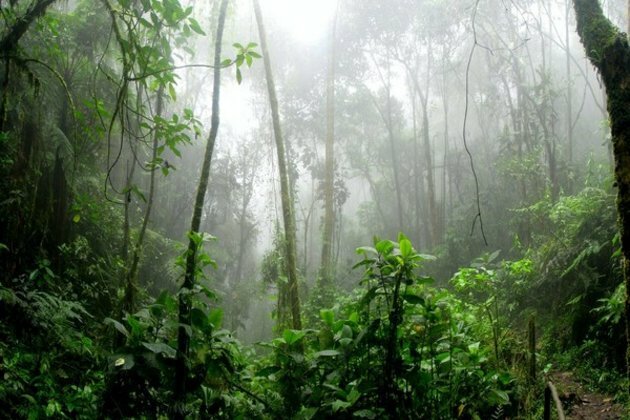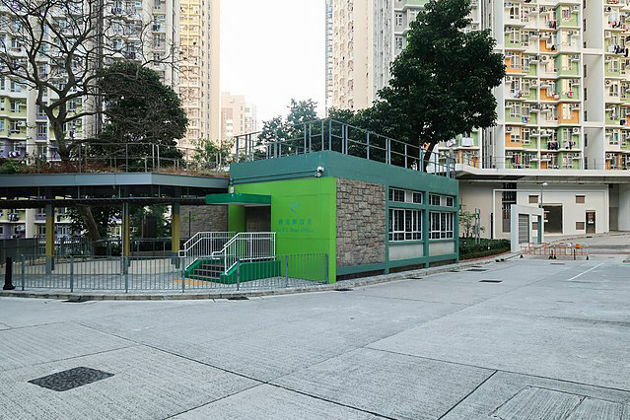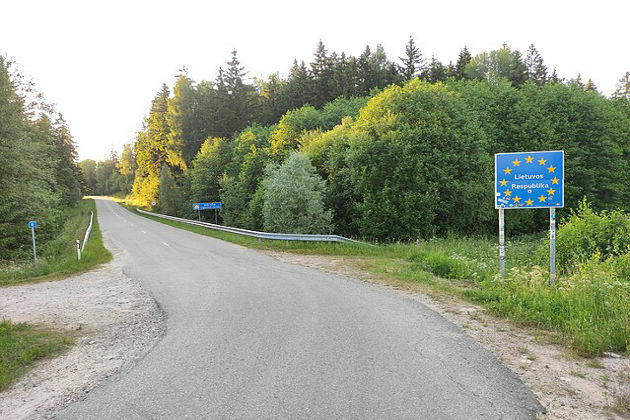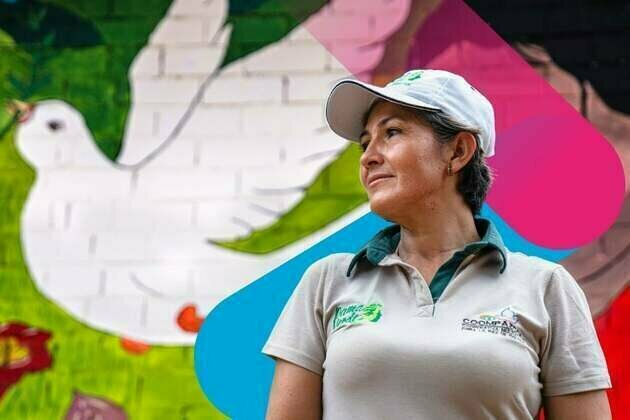Scanty rain: Amazon even more vulnerable than previously thought
ANI
03 Aug 2022, 21:48 GMT+10

Washington [US], August 3 (ANI): Researchers have now used network analysis to understand the complex workings of one of Earth's most valuable and biodiverse carbon sinks.
The study is published in the journal 'Proceedings of the National Academy of Sciences (PNAS) on August 2.
The regions most at risk of turning into savannah are located on the forest's Southern fringes, where continuous clearing for pasture or soy has already been weakening the forest's resilience for years.
The rainforest in South America may be losing rain and with it, its moisture supply as climate change sends more frequent and more severe drought spells to the Amazon Basin. That lack of rain is life-threatening to the forest because it breathes water: Once rained down, the soil takes it up as much as the plants, and both release a great amount again through evaporation and transpiration. In this atmospheric moisture recycling, the forest creates much of its own weather, generating up to half of the rainfall over the Amazon Basin. And while it is highly efficient, the moisture recycling system ultimately relies on how much water is initially put into the system.
Scientists have now found that even if a dry spell affects only one specific region of the forest, its harm stretches beyond that region by a factor of 1.3: As lack of rain strongly decreases the water recycling volume, there will also be less rainfall in neighbouring regions, hence putting even more parts of the forest under significant stress. "More intensive droughts put parts of the Amazon rainforest at risk of drying off. Subsequently, due to the network effect, less forest cover leads to less water in the system overall, and hence disproportionally more harm. And while we've investigated the impact of drought, that rule also holds for deforestation. It means essentially when you chop down one acre of forest, what you actually are destroying is 1.3 acres," Nico Wunderling, author and researcher at the Potsdam Institute for Climate Impact Research, explains.
Climate science predicts that what used to be extraordinarily dry years in the Amazon region, like 2005 and 2010, may well become the new normal from 2050 onwards, with centennial droughts occurring in up to nine out of ten years by 2060. But droughts have different effects on forest systems within the Amazon. "In the Amazon, trees and forest systems are differently adapted to water availability, as some regions commonly exhibit a distinct dry season while others have rain all year round. We specifically acknowledge these local adaptations as they can be a blessing or curse under climate change," Boris Sakschewski, co-author of the study and also at the Potsdam Institute, remarks. "So we find that even the dry season adapted parts of the Amazon forest won't necessarily survive a new climate normal and the risk of tipping into savannah or no trees at all is high. The consequences for biodiversity would be disastrous, but the same goes for the local, regional and global climate.""Yet not all is lost," says Ricarda Winkelmann, co-author of the study and leader of tipping elements research at the Potsdam Institute. "Our simulations do not show an endless downward slope. That is because a good part of the forest is still in relatively stable conditions. The network effects of dry spells are likely limited to certain areas in the forest's southeast andsouthwest - which happen to be those where the forest has been suffering from the human hand already, in clearing forest for pasture or soy. So there is still a lot we can do to try and stabilize the Amazon, as preserving it and its ecological services is of utmost importance for local, regional and global climate stability. And we know how we can do that: by protecting the rainforest from logging, and by rapidly reducing greenhouse gas emissions to limit further global warming." (ANI) Share
Share
 Tweet
Tweet
 Share
Share
 Flip
Flip
 Email
Email
Watch latest videos
Subscribe and Follow
Get a daily dose of South America Times news through our daily email, its complimentary and keeps you fully up to date with world and business news as well.
News RELEASES
Publish news of your business, community or sports group, personnel appointments, major event and more by submitting a news release to South America Times.
More InformationInternational
SectionFaulty IT system at heart of UK Post Office scandal, says report
LONDON, U.K.: At least 13 people are believed to have taken their own lives as a result of the U.K.'s Post Office scandal, in which...
Travelers can now keep shoes on at TSA checkpoints
WASHINGTON, D.C.: Travelers at U.S. airports will no longer need to remove their shoes during security screenings, Department of Homeland...
Rubio impersonator used AI to reach officials via Signal: cable
WASHINGTON, D.C.: An elaborate impersonation scheme involving artificial intelligence targeted senior U.S. and foreign officials in...
Warsaw responds to migration pressure with new border controls
SLUBICE, Poland: Poland reinstated border controls with Germany and Lithuania on July 7, following Germany's earlier reintroduction...
Deadly July 4 flash floods renew alarm over NWS staffing shortages
WASHINGTON, D.C.: After months of warnings from former federal officials and weather experts, the deadly flash floods that struck the...
Putin fires transport chief, later found dead in suspected suicide
MOSCOW, Russia: Just hours after his sudden dismissal by President Vladimir Putin, Russia's former transport minister, Roman Starovoit,...
Latin America
Section"It's quite funny, I'm playing the 100th in a pink-ball game": Starc reflects on his 100th test
New Delhi [India], July 11 (ANI): Ahead of his 100th Test of his career, Australian pacer Mitchell Starc said it's quite funny that...
Nifty down 90 points, Sensex lost 370 points in opening amid weak IT earnings and tariff jitters
New Delhi [India], July 11 (ANI): Indian stock markets opened under pressure on Friday as continued tariff tensions led by US President...
The peace deal that put women first: What Colombia taught the world
Representatives of women's organizations and networks that were part of the first delegation of gender experts at the talks in Havana...
BRICS in Rio: From Global South to global power
The 17th BRICS summit was more than a photo op. It was a coordinated rejection of Western power and a declaration of intent A few...
What just happened in Rio should terrify the West
The 17th BRICS summit was more than a photo op. It was a coordinated rejection of Western power and a declaration of intent A few...
Trump threatens Brazil with 50% tariffs over witch-hunt trial
President Lula da Silva has pushed back, vowing reciprocal action and defending the countrys court system US President Donald Trump...













